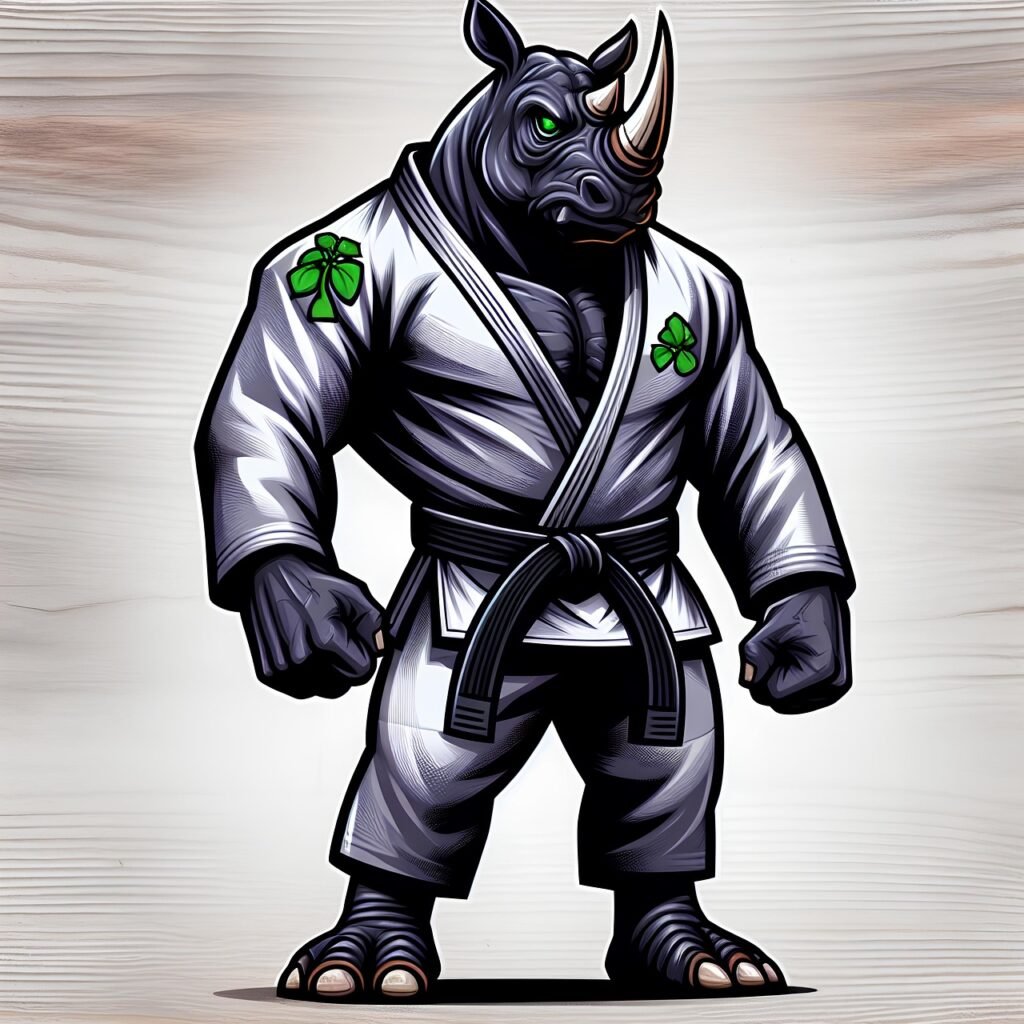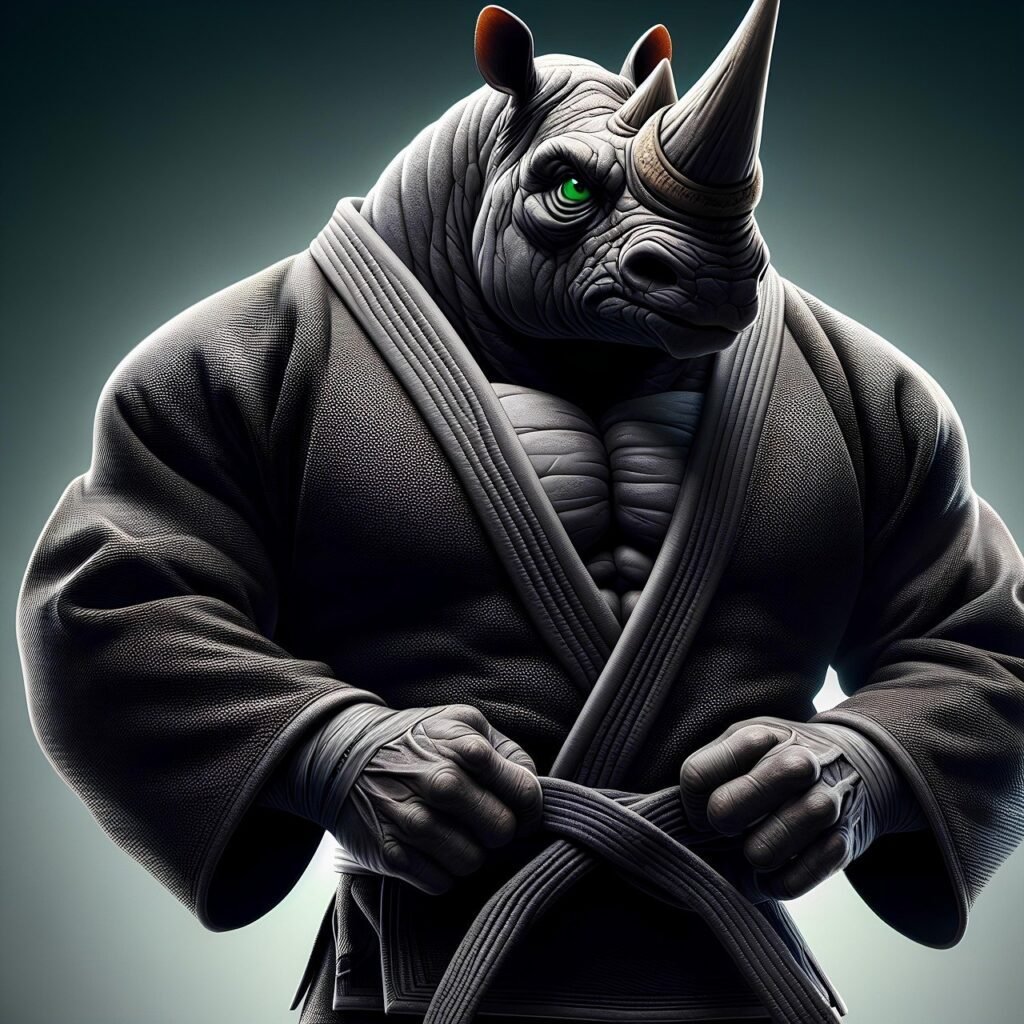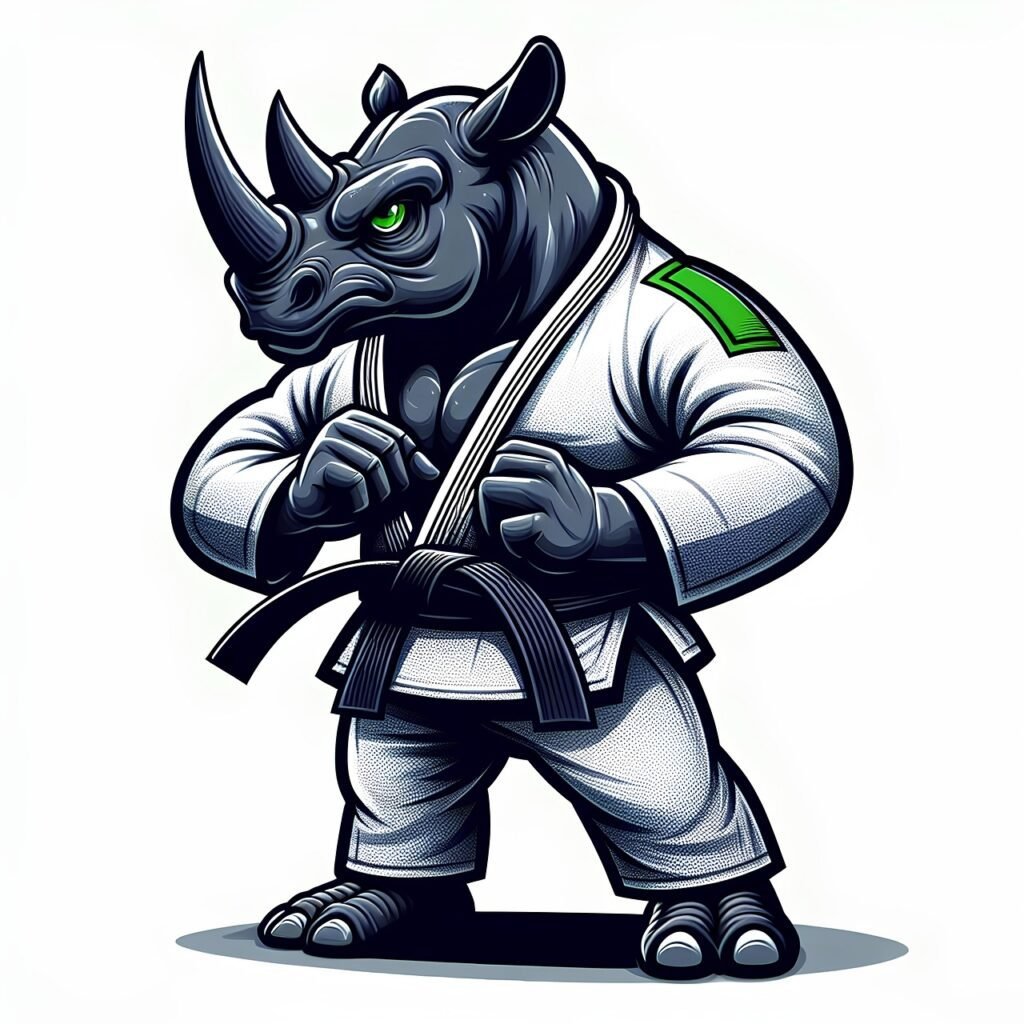Are you looking to add a new dimension to your combat strategy? If so, incorporating clinch fighting into your game may be just what you need. Clinch fighting, also known as the clinch, is an essential technique in various combat sports such as Muay Thai and Mixed Martial Arts (MMA). By mastering clinch fighting, you can gain an advantage over your opponents and enhance your overall fighting skills. In this article, we will explore the benefits of incorporating clinch fighting into your game and provide tips on how to effectively execute this technique. Get ready to take your combat skills to the next level!
What is Clinch Fighting?
Clinch fighting is a close-quarters combat technique that involves engaging and controlling your opponent from a close range. It is commonly used in martial arts disciplines such as Muay Thai, Brazilian Jiu-Jitsu, and mixed martial arts (MMA). Clinch fighting allows you to immobilize your opponent, restrict their movement, and execute various striking and grappling techniques. This technique is essential for both offensive and defensive moves, making it a fundamental aspect of any well-rounded fighting repertoire.
Definition of Clinch Fighting
Clinch fighting refers to the act of grabbing and controlling your opponent’s body, typically around the neck, shoulders, or arms, while maintaining a close proximity. This physical connection provides you with opportunities to dictate the pace of the fight, manipulate your opponent’s movements, and launch offensive strikes or takedowns. Clinch fighting is characterized by its reliance on strength, technique, and strategy, making it a dynamic and challenging aspect of combat sports.
Purpose of Clinch Fighting
The primary purpose of clinch fighting is to gain an advantage over your opponent in close-quarters combat. By establishing and maintaining the clinch, you can control the fight, limit your opponent’s striking range, and neutralize their offensive capabilities. Clinch fighting enables you to launch devastating strikes such as knees, elbows, and short-range punches, as well as execute throws and takedowns to dominate the fight. Additionally, the clinch offers a transition point to ground techniques and submissions, allowing for a seamless integration between standing and ground fighting.
Benefits of Clinch Fighting
Incorporating clinch fighting techniques into your martial arts practice offers numerous benefits. Firstly, it enhances your overall fighting repertoire by providing you with a range of options for both striking and grappling. Mastering the clinch allows you to seamlessly transition between different aspects of combat, making you a well-rounded and adaptable fighter. Clinch fighting also improves your balance, strength, and control as it requires you to maintain a solid base and generate force from close quarters. Lastly, mastering the clinch gives you an edge over opponents who may not be as familiar with this technique, enabling you to exploit their weaknesses and gain a significant advantage in the fight.
Basic Techniques
Head Positioning
Maintaining proper head positioning is crucial in clinch fighting. By controlling your opponent’s head, you can control their movements and limit their offensive options. Position your forehead against your opponent’s temple or chin, using the structure of their head as leverage. This will allow you to manipulate their posture, disrupt their balance, and set up strikes or takedowns. Proper head positioning also protects you from strikes and provides you with a solid base to execute your own attacks.
Hand Fight
Hand fighting is the art of controlling your opponent’s arms and hands while in the clinch. By gaining control of your opponent’s limbs, you can limit their ability to strike effectively and create openings for your own attacks. Utilize techniques such as wrist control, crossfaces, and wrist rides to manipulate your opponent’s arms and hands, and keep them in uncomfortable positions. Hand fighting requires a combination of strength, technique, and timing to overpower your opponent and establish dominance in the clinch.
Neck Clinch
The neck clinch is a fundamental technique in clinching. By wrapping your arms around your opponent’s neck, you can control their upper body and restrict their movements. The two main types of neck clinches are the single-collar tie and the double-collar tie. The single-collar tie involves securing one hand on the back of your opponent’s head and the other hand on their collarbone or arm. The double-collar tie, also known as the “plum,” involves clenching both hands behind your opponent’s head. These types of neck clinches provide excellent control and set up opportunities for strikes, takedowns, and submissions.

Strategies and Tactics
Controlling Your Opponent’s Movement
One of the key strategies in clinch fighting is controlling your opponent’s movement. By dictating their position and restricting their mobility, you can limit their striking range and nullify their offensive capabilities. Utilize techniques such as pummeling, hip and shoulder pressure, and footwork to control your opponent’s body. By establishing superior positioning and constantly readjusting, you can frustrate your opponent, create openings for strikes or takedowns, and maintain control throughout the fight.
Utilizing Leverage and Angles
Leverage and angles play a crucial role in the effectiveness of clinch fighting. By understanding how to generate and exploit leverage, you can overpower opponents who may be physically stronger. Incorporate techniques such as hip and body positioning, weight distribution, and torque to maximize the power and efficiency of your attacks. Similarly, utilizing angles allows you to create openings and find vulnerable areas for strikes and takedowns. By stepping or pivoting at the right moments, you can catch your opponent off guard and gain a strategic advantage in the clinch.
Attacking Vulnerable Areas
In clinch fighting, targeting vulnerable areas can lead to significant advantages. Focus on striking areas such as the liver, kidneys, solar plexus, and floating ribs to inflict maximum damage and disrupt your opponent’s breathing and movement. Striking with knees, elbows, and short-range punches can be devastating when executed with precision and timing. Additionally, utilizing foot stomps, groin strikes, and eye gouges, when allowed, can create strategic openings and force your opponent into defensive positions.
Drills and Training Exercises
Shadow Boxing in the Clinch
Shadow boxing in the clinch is an excellent training exercise to improve your technique, footwork, and overall control. Visualize an opponent and practice executing various clinch techniques, strikes, and transitions in a controlled environment. Focus on maintaining balance, proper head positioning, and fluid movements. Shadow boxing in the clinch allows you to develop your reflexes, build muscle memory, and enhance your overall understanding of clinch fighting dynamics.
Partner Drills for Clinch Mastery
Working with a training partner is essential for developing clinch mastery. Engage in partner drills that simulate real fighting scenarios, such as controlled sparring sessions or specific clinch-based exercises. These drills can involve pummeling, hand fighting, neck clinching, and striking combinations. By practicing with a partner, you can improve your timing, accuracy, and adaptability in a dynamic and realistic training environment.
Strength and Conditioning Training for Clinching
Strength and conditioning training is crucial for effective clinch fighting. Focus on exercises that improve your core strength, grip strength, and overall power. Incorporate exercises such as kettlebell swings, deadlifts, pull-ups, and medicine ball throws to build functional strength necessary for clinching. Additionally, cardiovascular exercises such as skipping rope, running, and circuit training will enhance your endurance, allowing you to maintain control and execute techniques for extended periods during a fight.

Transitioning from Stand-Up to Clinch
Setting Up the Clinch
To effectively transition from a stand-up position to the clinch, you need to set up opportunities to engage with your opponent. Use feints, footwork, and strikes to create openings and force your opponent to react. Properly timed strikes, such as jabs or leg kicks, can initiate counters from your opponent, providing you with an opportunity to close the distance and clinch. By manipulating your opponent’s reactions and movements, you can strategically set up the clinch and take control of the fight.
Closing the Distance
Closing the distance is a critical component of transitioning to the clinch. By effectively closing the distance, you can neutralize your opponent’s striking range and force them into close-quarters combat. Utilize footwork, angles, and head movement to navigate your way inside your opponent’s striking range while minimizing the risk of receiving significant strikes. Closing the distance requires timing, precision, and awareness of your opponent’s movements.
Creating Opportunities for Clinching
Once you have successfully closed the distance, it is essential to create opportunities for clinching. Utilize techniques such as hand fighting, neck clinches, or underhooks to establish control over your opponent’s upper body. As you engage in the clinch, constantly adjust your positioning, apply pressure, and look for vulnerabilities or openings to execute strikes, takedowns, or transitions to ground techniques. Creating opportunities for clinching allows you to dictate the rhythm of the fight and assert your dominance over your opponent.
Defending Against Clinch Attacks
Maintaining Proper Balance and Posture
Maintaining proper balance and posture is crucial when defending against clinch attacks. By keeping a strong base and staying upright, you can resist your opponent’s attempts to off-balance or take you down. Ensure proper weight distribution, distribute your feet shoulder-width apart, and bend your knees slightly to maintain stability. Additionally, keeping your chin tucked and your hands up protects against strikes and allows for efficient defensive movements.
Escaping the Clinch
When caught in an unfavorable clinch position, it is important to know how to escape effectively. Techniques such as circling out, using footwork to create angles, or utilizing techniques like arm drags or underhooks can help you break free from your opponent’s grip. Maintaining constant movement and avoiding being pinned against the cage or ropes are crucial elements to successfully escaping the clinch. Practice these techniques in controlled environments to refine your ability to escape adverse clinch situations.
Countering with Strikes or Takedowns
Defending against clinch attacks also involves countering your opponent’s advances with strikes or takedowns. Utilize techniques such as elbows, knee strikes, or short-range punches to create space and discourage your opponent from pressing the attack. Alternatively, if the opportunity arises, execute takedowns or throws to shift the momentum of the fight in your favor. By countering effectively, you can disrupt your opponent’s plans and create openings for your own offensive maneuvers.

Specialized Techniques and Variations
Knee Strikes and Elbows in the Clinch
Knee strikes and elbows are devastating techniques that can be employed effectively in the clinch. Targeting vulnerable areas such as the ribs, liver, or head with knees and elbows can cause significant damage, force your opponent into a defensive position, and open up opportunities for further attacks or follow-up strikes. Proper technique and timing are crucial when utilizing knee strikes and elbows in the clinch to maximize their effectiveness.
Dirty Boxing
Dirty boxing is an essential technique for close-quarters combat. It involves utilizing strikes such as uppercuts, hooks, and short-range punches while in the clinch. By integrating clinch techniques with striking, you can exploit the limited striking range and create openings for significant damage. Dirty boxing requires a combination of accuracy, timing, and control to overwhelm your opponent and secure your dominance in the fight.
Throws and Takedowns from the Clinch
The clinch provides an excellent opportunity for executing throws and takedowns. Techniques such as the hip toss, trip takedown, or judo throws can be executed when properly set up and timed. By utilizing your opponent’s movements and momentum against them, you can take them down to the ground and gain a significant advantage. Throws and takedowns from the clinch require a solid understanding of leverage, timing, and body positioning, making them an integral component of clinch fighting.
Striking from the Clinch
Short Range Strikes
Short-range strikes refer to strikes launched from a close proximity to your opponent, such as in the clinch. Utilize techniques such as hooks, uppercuts, and short-range punches to target vulnerable areas like the chin, temple, or body. Short-range strikes can be devastating due to the limited time and distance for your opponent to react or defend. By developing accuracy, speed, and power in your short-range striking, you can turn the clinch into a highly effective offensive position.
Utilizing the Muay Thai Clinch for Strikes
The Muay Thai clinch, also known as the “plum,” is a specialized form of clinch used in Muay Thai. Unlike other clinch variations, the Muay Thai clinch focuses primarily on controlling your opponent’s neck and head to deliver devastating strikes with the knees and elbows. By mastering the techniques and intricacies of the Muay Thai clinch, you can become a formidable clinch fighter capable of inflicting significant damage and overpowering your opponents.
Effective Combos
Combining strikes and techniques in the clinch is essential for overwhelming your opponent and creating opportunities for victory. Develop effective combinations that flow smoothly from one strike to another, taking advantage of your opponent’s reactions and openings. Identify the vulnerable areas of your opponent and utilize various strikes, such as knees, elbows, punches, or foot stomps, in rapid succession to overwhelm and dominate the fight. By practicing and refining your combos, you can become a versatile and unpredictable clinch fighter.
Taking the Fight to the Ground
Transitions to Ground Techniques
The clinch provides an excellent transition point for taking the fight to the ground. By establishing superior control in the clinch, you can disrupt your opponent’s balance and posture, creating opportunities for takedowns or throws. Techniques such as the hip toss, trip takedown, or body lock takedown can be effectively executed when transitioning from the clinch to the ground. Utilize your opponent’s movements and leverage to maneuver them into vulnerable positions and secure advantageous positions on the ground.
Submissions from the Clinch
While the primary focus of the clinch is striking and control, submissions can also be executed effectively from this position. Techniques such as guillotine chokes, arm triangles, or kimuras can be employed when transitioning from the clinch to the ground. By properly positioning yourself and capitalizing on submission openings, you can catch your opponent off-guard and secure a quick victory. Submissions from the clinch require a combination of technique, timing, and strategic positioning.
Ground Control and Domination
Once you have successfully taken the fight to the ground from the clinch, it is important to establish and maintain ground control. Focus on techniques such as maintaining top position, utilizing effective weight distribution, and securing dominant positions such as mount or side control. By controlling your opponent on the ground, you limit their offensive options and create opportunities for strikes or submissions. Ground control and domination are essential components of successful clinch fighting.
Implementing Clinch Fighting in Different Styles
Incorporating Clinching in Muay Thai
Muay Thai is a martial art that heavily emphasizes clinch fighting. The clinch is a fundamental aspect of Muay Thai, allowing practitioners to launch a range of devastating strikes and execute powerful throws or sweeps. In Muay Thai clinch, technique, timing, and control are essential. By mastering the Muay Thai clinch, you can effectively neutralize your opponent’s striking capabilities, dominate the fight, and deliver fight-ending strikes.
Clinch Techniques in Brazilian Jiu-Jitsu
Although Brazilian Jiu-Jitsu (BJJ) is primarily known for its ground techniques, clinch fighting techniques play a crucial role in its repertoire. BJJ utilizes clinch techniques to transition from a stand-up position to ground fighting. By employing techniques such as collar ties, underhooks, or body locks, BJJ practitioners can manipulate their opponents’ movements, execute throws or takedowns, and seamlessly transition into their ground game. Incorporating clinch techniques into your BJJ practice allows for a well-rounded and comprehensive approach to combat.
Clinch Strategies for Mixed Martial Arts
Clinch fighting is a vital aspect of mixed martial arts (MMA). MMA fighters employ clinch strategies to control their opponents, set up strikes or takedowns, and secure advantageous positions on the ground. The ability to seamlessly transition between striking, grappling, and clinching is essential for success in MMA. By incorporating clinch techniques specific to MMA, fighters can effectively dictate the pace of the fight, nullify the opponent’s offensive capabilities, and maximize their chances of victory.
Incorporating clinch fighting into your game can greatly enhance your overall fighting skills and repertoire. By mastering the basic techniques, strategic approaches, and specialized variations of clinch fighting, you can become a formidable fighter capable of dominating in various combat sports and self-defense situations. Remember to practice diligently, study the techniques, and seek guidance from experienced instructors to maximize your development as a clinch fighter.

